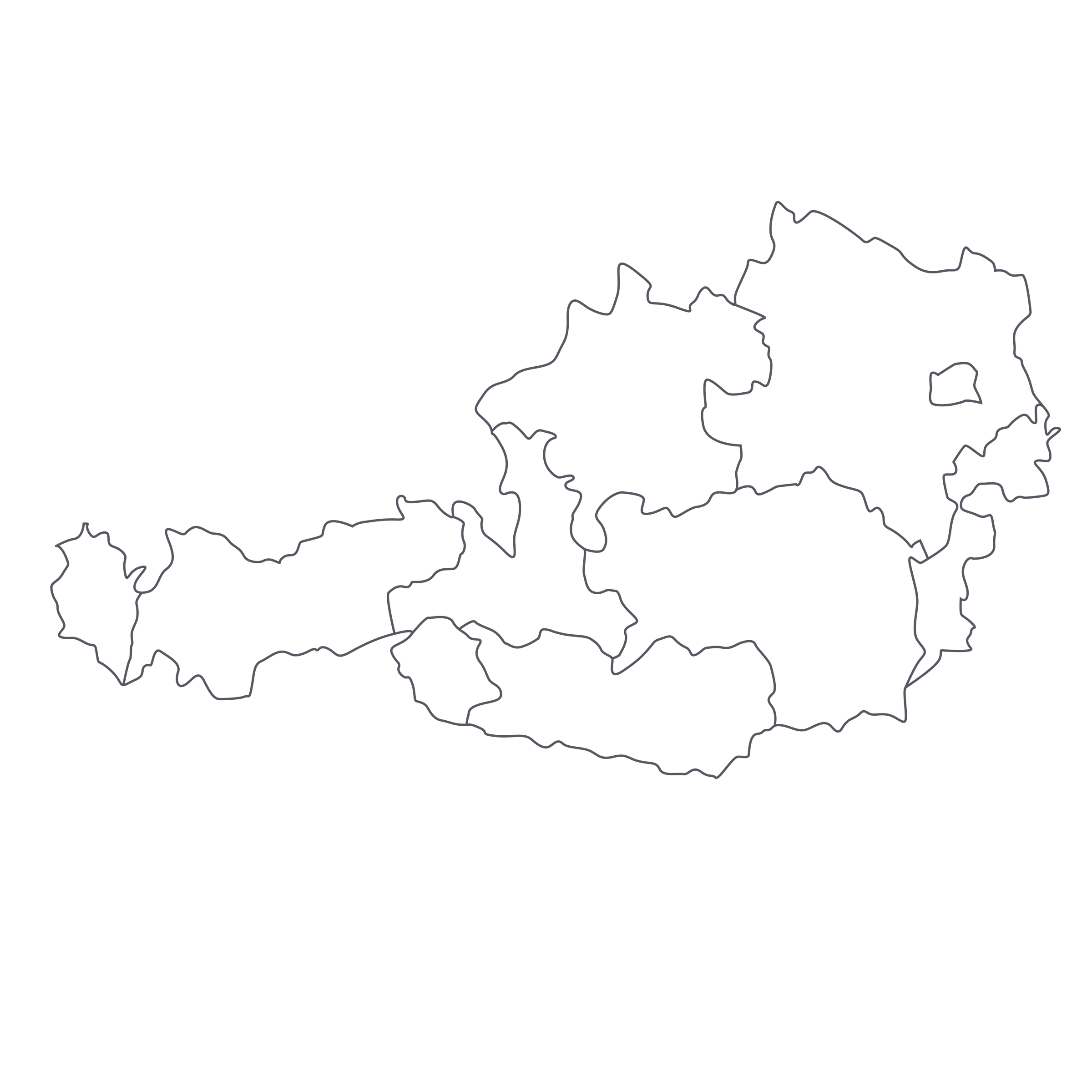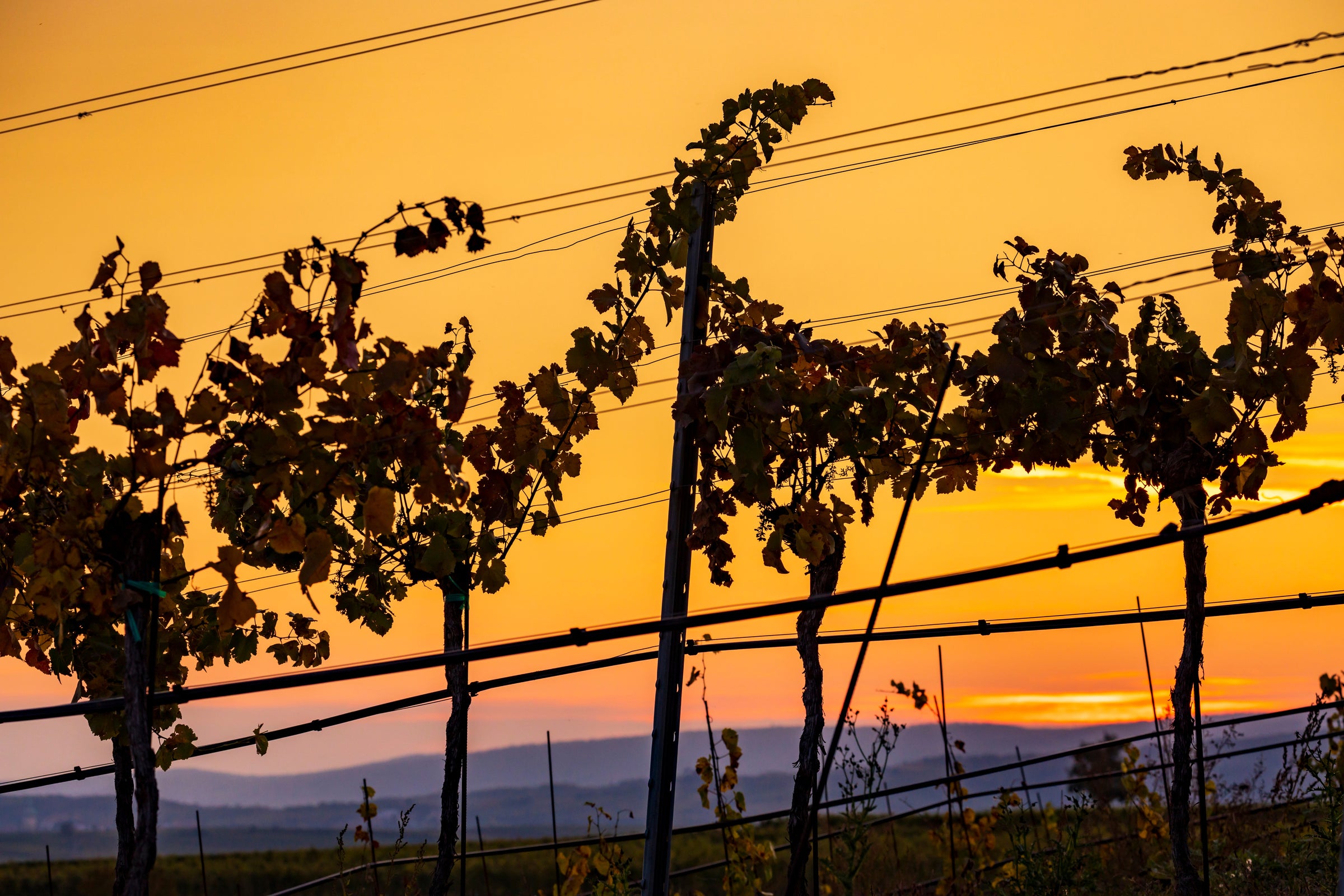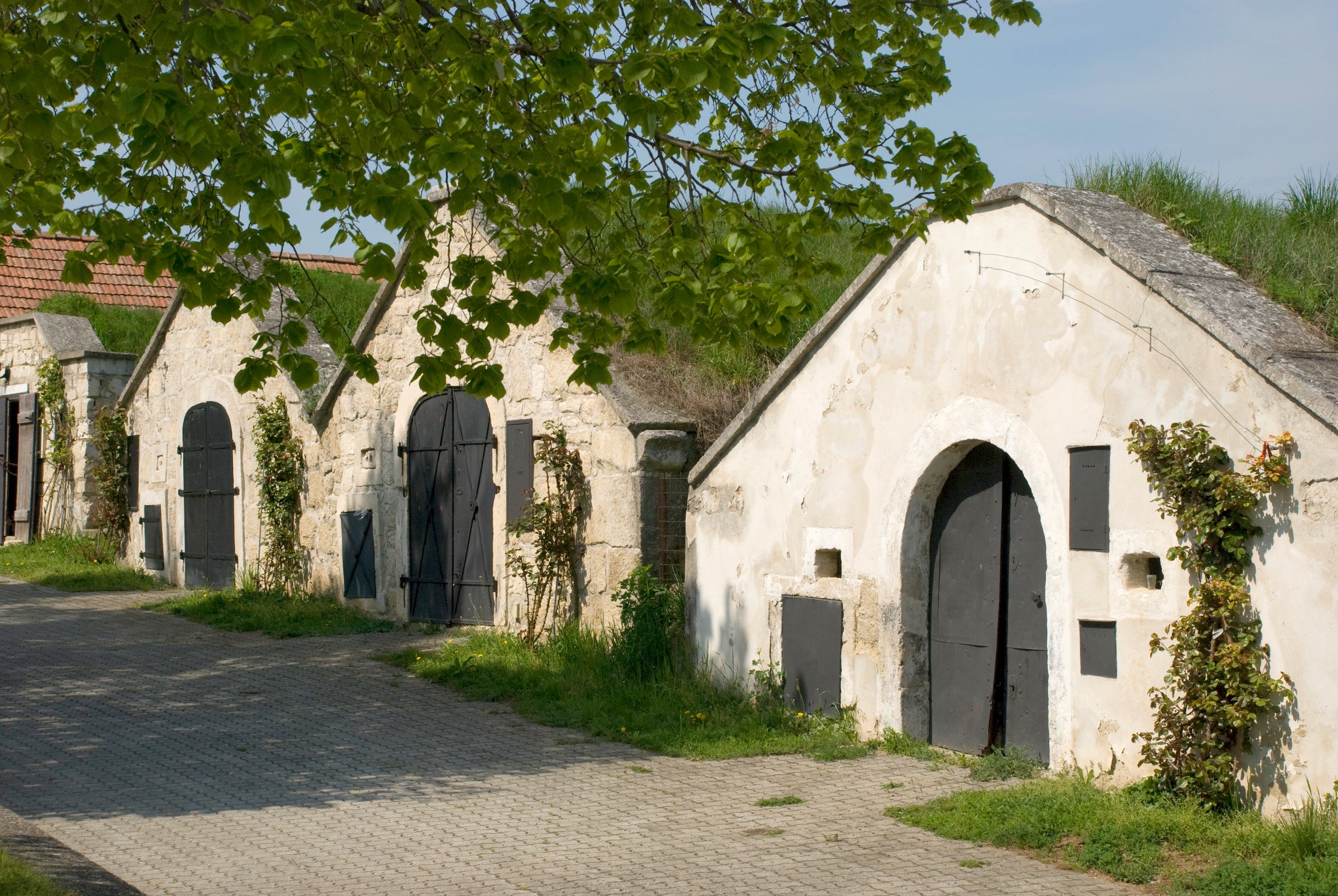Today’s wine is a very exciting first for SommSelect: Like gold dust, true ice wine—eiswein, for you German speakers—is a rarity. Total production, no matter where you are in the world, is severely limited and prices are necessarily high. Ice wine is entirely dependent on frigid weather conditions (warm winters = no ice wine) and vineyard work must be quick and focused: grapes must be harvested at 19 degrees or less.
Only minuscule amounts of juice can be extracted from these frozen grapes and the resulting nectar is put before a strict review board that oversees quality. When you consider all this, what the Winzerkeller Andau winery delivers at this humble price point is absolutely extraordinary. This isn’t fortified (Port), it’s not botrytised (Sauternes), and it isn’t dried (recioto); ice wine extracts the nectar of a grape that has been perfectly preserved by a casing of ice. It’s a decisively sweet wine that retains its freshness and varietal purity like no other style. I know you’ll fall in love with it, which is why we bought everything we could after finding this screaming deal. We can offer up to six bottles per customer today and you should consider maxing out; it can be enjoyed now or anytime in the future.
Typically in this price range, you can expect a faux bottle of ice wine containing grapes that were flash-frozen to simulate the real process in the vineyard. Not “Fahrenheit 19.” It’s crafted by a respected cooperative—Winzerkeller Andau—and exclusively made for a small US importer that specializes in Austrian and German wines. This association of growers now numbers nearly 300 and it provides each one of them an opportunity to transform their labors of love into high quality wines at affordable prices. Winzerkeller Andau has also invested tremendous amounts of money over the years to make sure their growing co-operative retains its original heart. Needless to say, they are widely respected throughout the country.
From the importer himself: “Andau is a little community of some 2,400 souls, situated in Burgenland's Seewinkel less than a mile from Hungary’s border. Back in the days of barbed-wire, checkpoints and machine guns, this neighborhood had very little to rejoice about. Still, people have grown grapes here for the better part of millenia and the culture has always included fruit of the vine. Today, in these relatively prosperous times, the governing body of Winzerkeller Andau pays a premium for vine-owners to grow fewer bunches on each vine, achieving a higher standard of quality than previously thought possible for a co-operative effort.”
The grape of choice for today’s bottling is Welschriesling, not to be confused with Riesling. Like many varieties, it has survived a battered history of ridicule and degradation (for stereotypical reasons), but in the form of sweet wines—especially in Burgenland—it has enjoyed historic praise. After the normal harvest was completed in mid-October of 2013, growers waited over three months—until the end of January the following year—before harvesting trace amounts of frozen Welschriesling left on the vine. After collecting the grapes (at 19 degrees), they were sent to the co-op. Fermentation occured in stainless steel tanks and the wine finished aging in a mixture of stainless and neutral oak vats.
In the glass, the wine radiates a deep yellow with bright gold and silver reflections at the rim. The nose is incredibly fresh and exotic, brimming with notes of ripe quince, candied orange, ripe mango peel, citrus blossoms, pineapple core, honeysuckle, and crushed rock. The initial palate hits you with a rich and refreshing wave of ripe fruit. It confirms everything on the nose while adding juicy apricot, pineapple, honey, candied almonds, and a slight spice component. Once again, I have to reiterate the freshness here: it shines through, hand-in-hand with the rich core of honeyed fruit. Buy six, pop one the day it arrives, and stagger the others over the course of a lifetime. Enjoy in all-purpose white stems or any sweet wine glass around 50-55 degrees and don’t drink too cold—the juice already went through enough frostbite! Although sweet, this is a versatile wine that can be paired with savory dishes: if you’re a foie gras person, it would make an exotic counterpoint to a
torchon, and it would also do delicious duty alongside something fatty/spicy, as in the attached recipe. If enjoying it with dessert, meanwhile, go with something “drier” in texture—i.e. cake or
biscotti—and only moderately sweet. This wine is the icing! Cheers!






